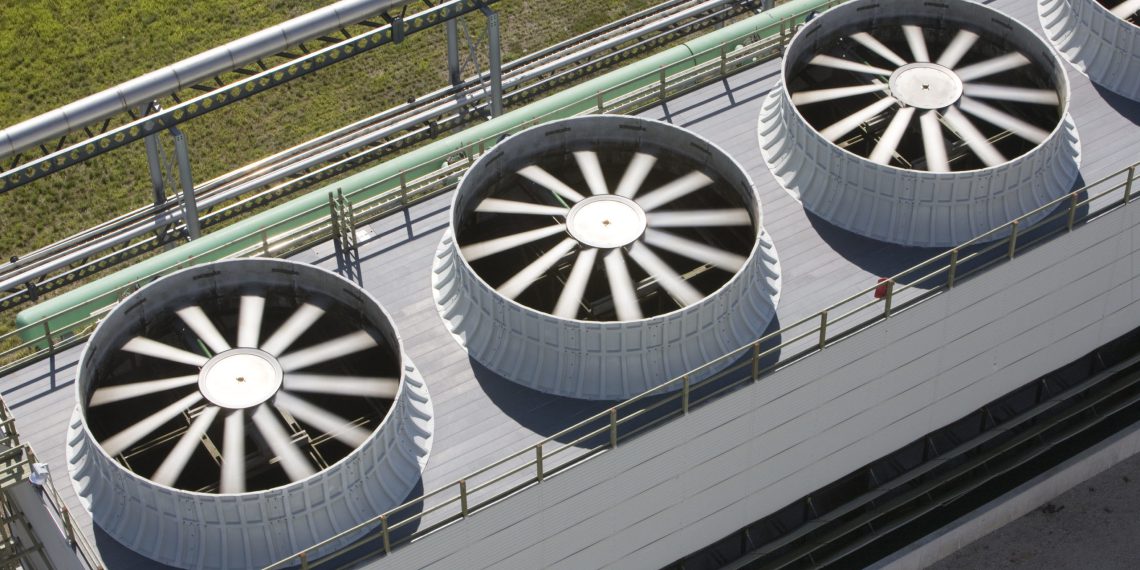Initial situation
There was a massive and continuous oil intrusion into the cooling system via an oil-water heat exchanger in a steel mill cooling circuit. There was no way to repair the heat exchanger until a planned shutdown.
The cooling water showed an increased milky (emulsion) turbidity, and the water surface was oily. The oil intrusion could also be documented by an increase in the COD value.
There was a risk that the entire cooling system would become sludged with oil. This also affected the cooling tower internals, which had just been newly installed 3 months earlier. The cooling effect in other heat exchanger processes could also be reduced by oil deposits. In addition, increased microbiological contamination had to be expected, since the oil served as food for the microbiology.
Concept of INWATEC
Since there was no possibility to repair the heat exchanger and there were no filtration possibilities in the cooling system, the only possibility to quickly provide an improvement in the cooling system was to keep the oil in the water with the help of a disperser and to get it out of the cooling system via an increased drainage.
For this purpose, the INWASIL D‑4100 oil disperser, an Inwatec development for foundry cooling systems in the aluminum industry, was used at a concentration of 50 mg/l.
The effectiveness of the oil dispersant was documented using the COD content in the cooling water. This should increase when oil is additionally dispersed into the water.
Results
The oil dispersant was first dosed in the surge to quickly reach the target concentration. No foaming was registered in the cooling system. Then, the product was dosed continuously with a dosing pump to compensate for losses due to runoff.
The oil dispersant was dosed for approximately 20 days. The planned shutdown and cleaning of the cooling system took place 5 days after the start of dosing.
The COD value was 730 mg/l before the start of dosing from the oil dispersant. This is a significantly elevated value. In cooling systems with indirect cooling, the COD is usually 20 — 50 mg/l.

















